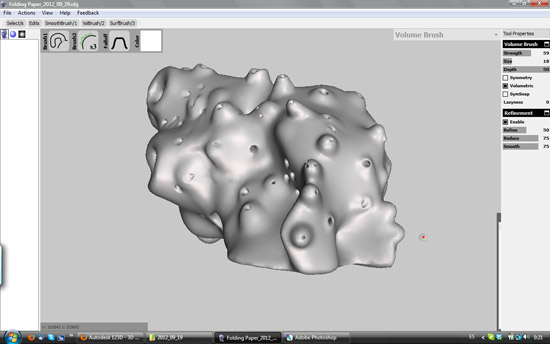I've been thinking about what Neil said in last Wednesday's class (September 26, 2012):
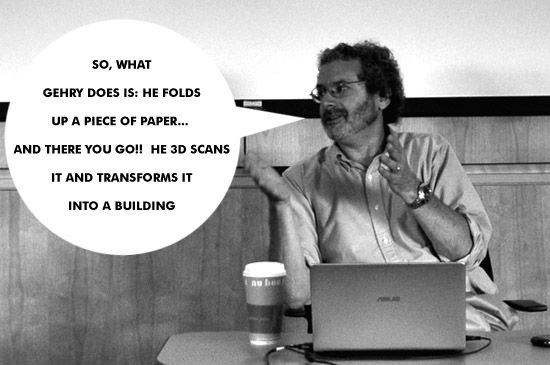
I thought that it must be a lot of fun, so why not play arround a little bit repeating that same process?
RULES OF THE GAME:
1. Fold up a piece of paper.
2. 3D scan it.
3. Transform the 3D model into a building.
4. 3D print a scale model of the building.
1. Fold up a piece of paper:
I fold the piece of paper...
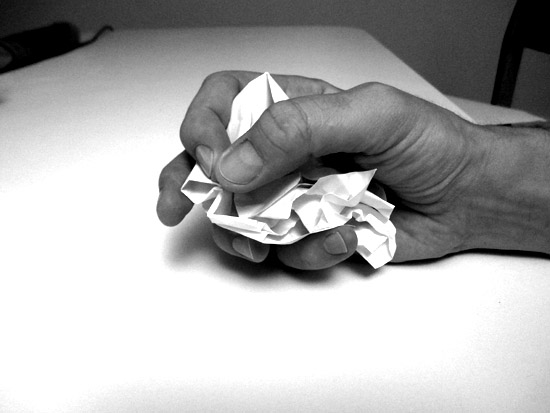
and I drop in on the table:
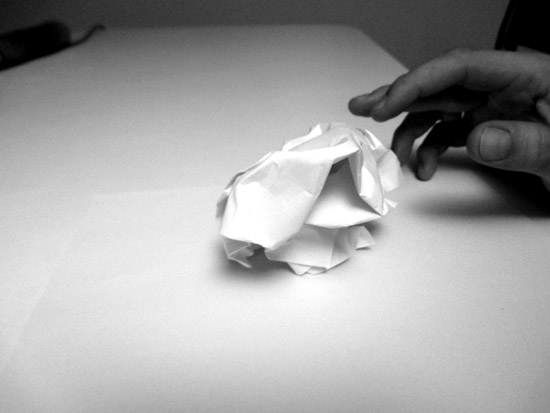
2. 3D scan it:
After attending the ZScanner 700 tutorial, when just setting up the scanner took about 30 minutes, I decide to try luck with the Autodesk 123D Catch app.
I take a total of 38 pictures of the folded paper (I post 5 examples of the different points of view):
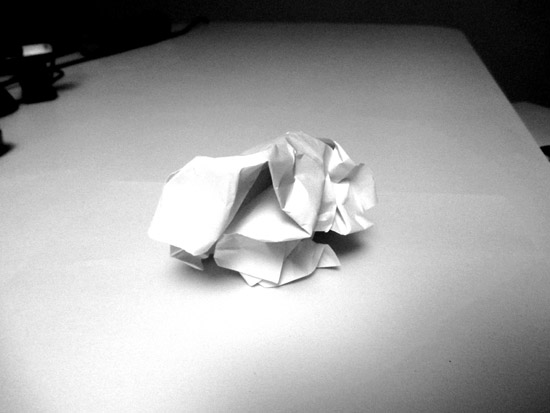

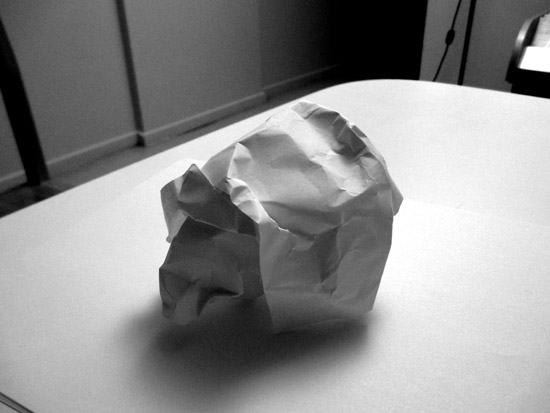
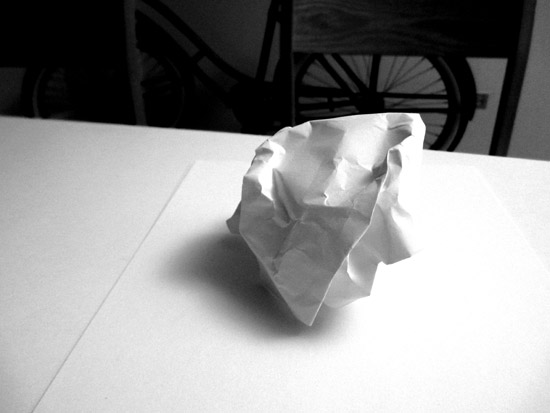
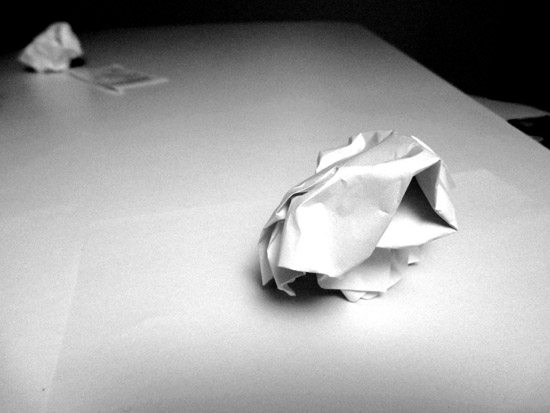
I send the pictures to the cloud and I recieve back a 3D model that looks like this:
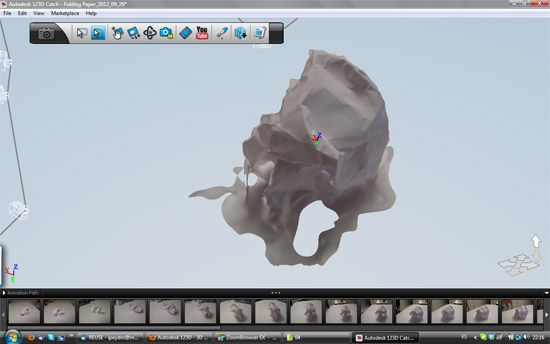

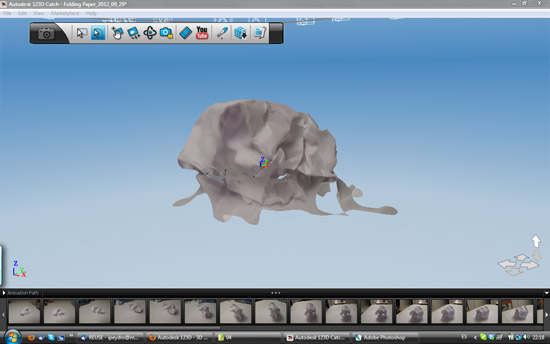
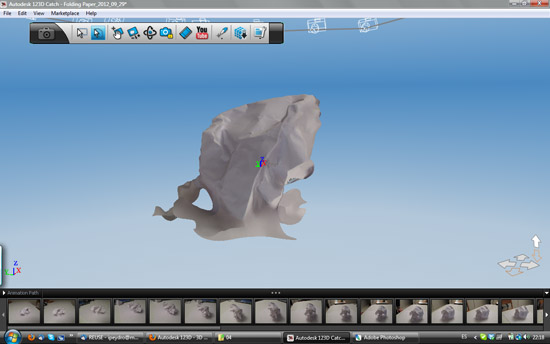
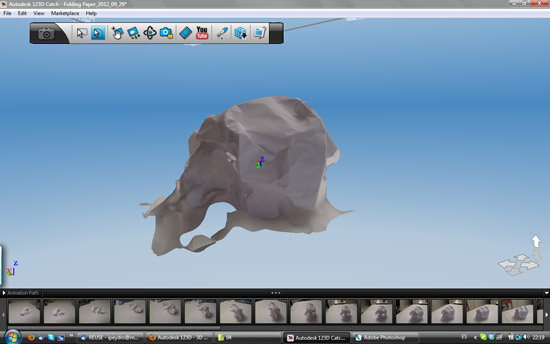
I clean the mesh and I export it to MeshMixer by creating an *.obj file:

3. Transform the 3D model into a building.
I import the 3D model into Autodesk MeshMixer and I continue to clean the mesh:

The first transformation I make is to smooth the model (reduction of number of wrinkles) with the smooth brush:
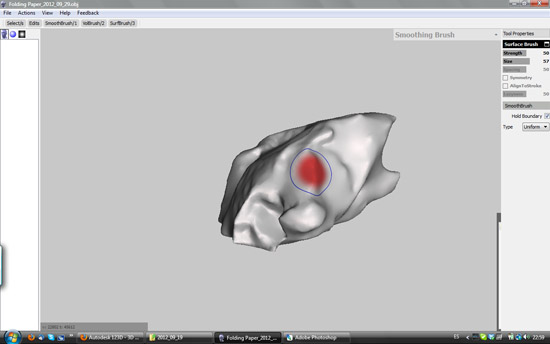
Then I start transforming the surface with the volume brush by introducing architectural elements (skylights, windows, access point, etc.):

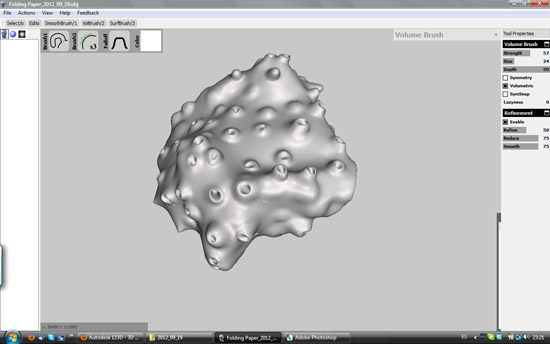
click on the image to see video:
And this building could even be at MIT:
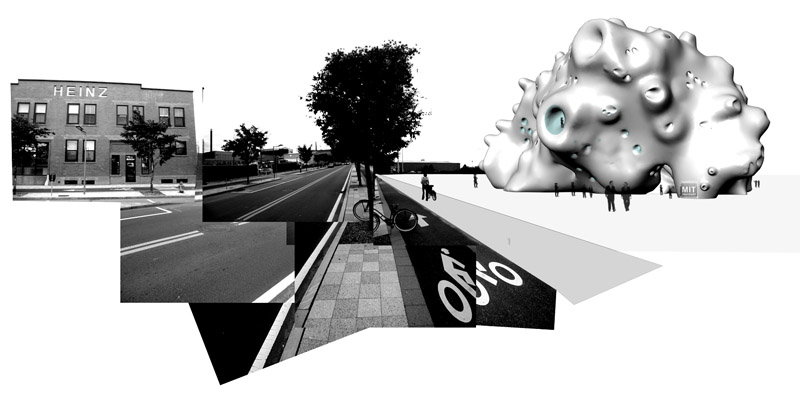
4. 3D print a scale model of the building:
The last step of the game is to 3D print a scale object. I check that the mesh that I had previously fixed is closed and there are no holes. I also make shure to have a flat surface whrere the model can sit on by substracting (boolean) a box flushed to the base of the building. I then prepare a *.STL file and print the job in the Zcorp machine and I obtain this result:
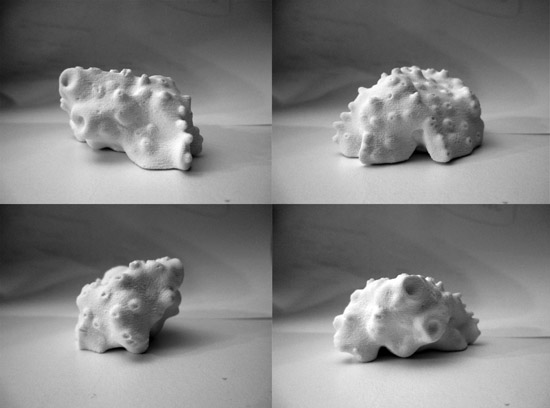
If we compare the origin and the final result we can still see certain similarities and certain topological properties of the mesh that have remained unchanged:
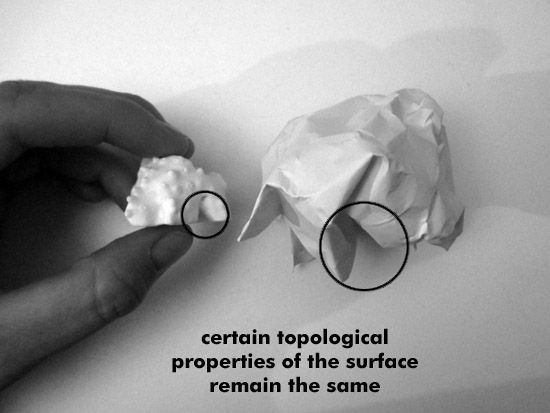
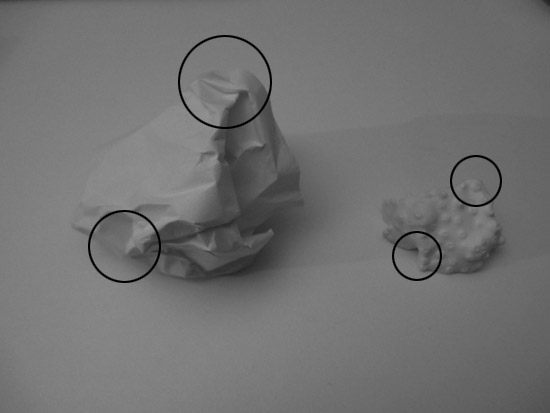
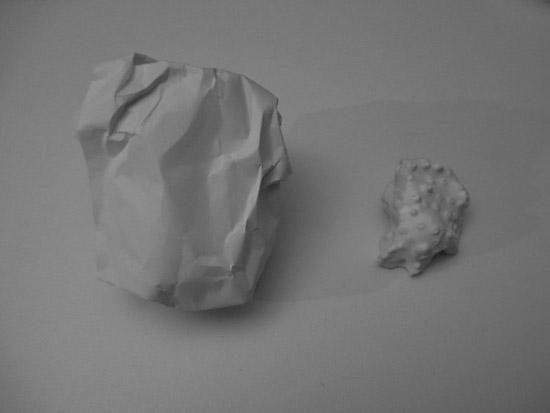
Ignacio Peydro. October 2, 2012
